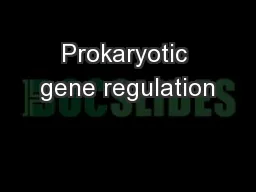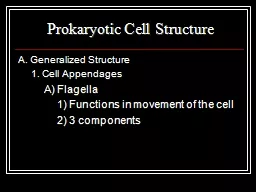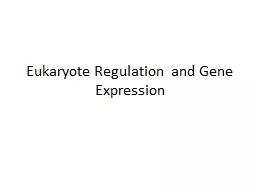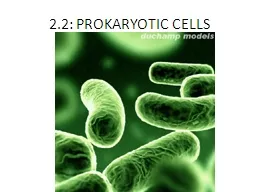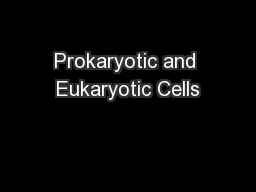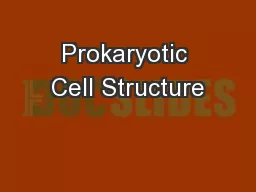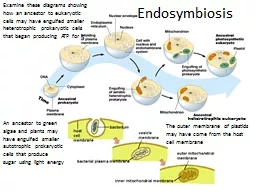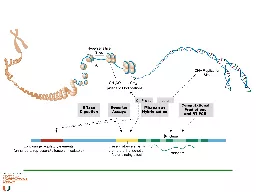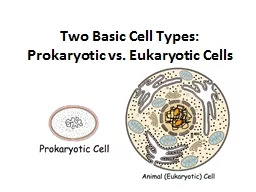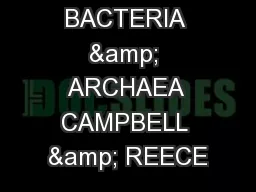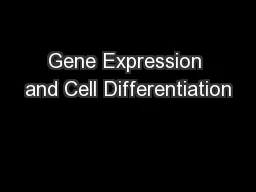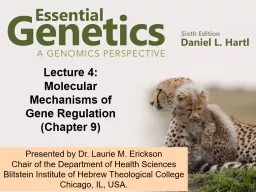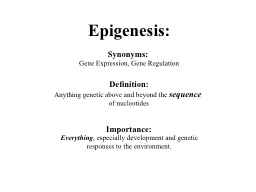PPT-Prokaryotic gene regulation
Author : myesha-ticknor | Published Date : 2018-01-10
Group 1 Akhtar Ali Lucile McCook Marcella Hackney Sarah Lea Anglin Anne Grove Facilitator Prokaryotic gene regulation Context Target Audience Intro Biology for
Presentation Embed Code
Download Presentation
Download Presentation The PPT/PDF document "Prokaryotic gene regulation" is the property of its rightful owner. Permission is granted to download and print the materials on this website for personal, non-commercial use only, and to display it on your personal computer provided you do not modify the materials and that you retain all copyright notices contained in the materials. By downloading content from our website, you accept the terms of this agreement.
Prokaryotic gene regulation: Transcript
Download Rules Of Document
"Prokaryotic gene regulation"The content belongs to its owner. You may download and print it for personal use, without modification, and keep all copyright notices. By downloading, you agree to these terms.
Related Documents

